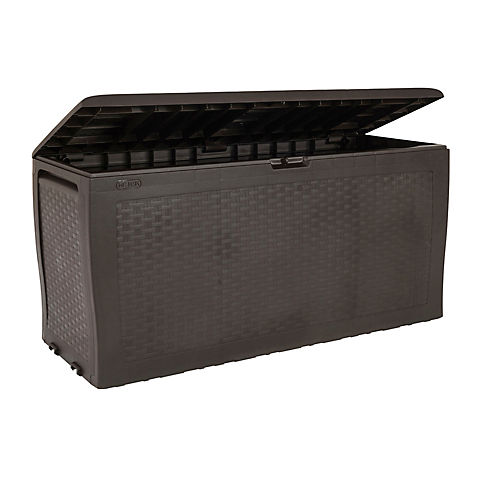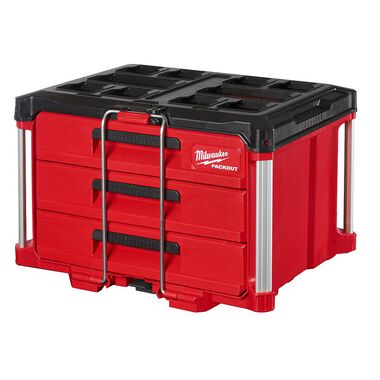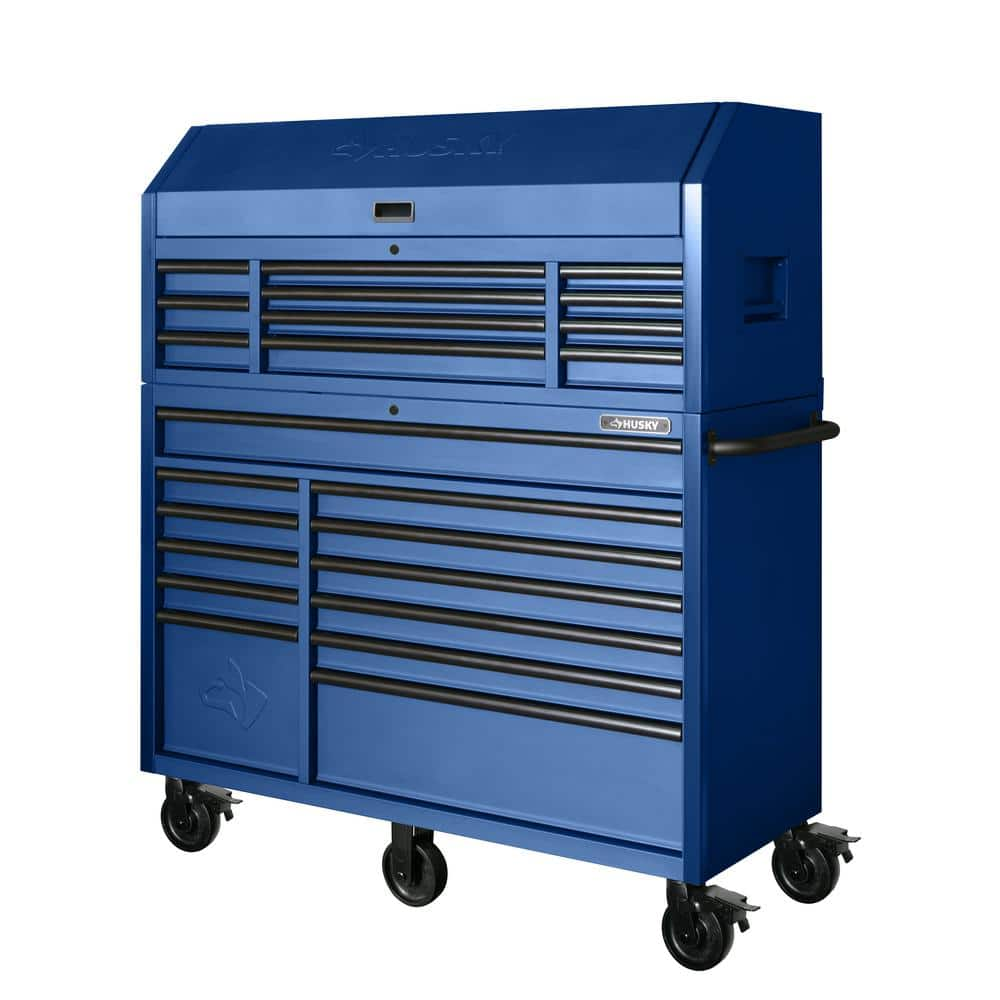Keter Samoa 70-Gal. Deck Box – Item: 264601 Model: 250948
The Keter Samoa 70-Gal. Deck Box makes storage simple and attractive with a rattan style look. The Samoa dec box provides substantial storage (270L/70G) but is sized conveniently enough to fit on your deck and patio and has an attractive design.
The Keter Samoa 70-Gal. Deck Box makes storage simple and attractive with a rattan style look. The Samoa dec box provides substantial storage (270L/70G) but is sized conveniently enough to fit on your deck and patio and has an attractive design that will coordinate with any space. This storage box is made out of a durable, weather-resistant resin that keeps anything from pool accessories to lounge chair cushions both dry and ventilated. It comes with built-in handles and rollers for easy movement. This outdoor storage box also easy to assemble.
Product Features:
- Made out of durable, weather-resistant resin
- Elegant rattan style appearance
- Easy to assemble, taking less than five minutes to put together with no additional tools, and easy to move with built-in handles and rollers
- Super durable and multi-purpose as it can hold up to 330 lbs. on its lid
- Low-maintenance and easy to keep in great shape thanks to extensive weather-resistance
- Keeps items in excellent shape by keeping them dry and ventilated
- Includes 70-gal. deck box
Additional information
| Material | Resin |
|---|---|
| Color | Brown |
| Capacity | 70 Gal. |
| Door Style | Raised Lid |
| Construction | Snap Together |
| Item Dimensions | 46" x 22.4" x 17.7" |
| Item Weight | 16.755 lbs. |






by Chris
I use this on my dock for life jackets, battery charger, fish kit and fishing poles broken down. It keeps things dry and packed away. Good product.
by Keis
I even recommended this storage bench to a friend! I love it so much. It keeps our cushions and pillows from our patio furniture and closes tight, sturdy! Just what I needed. I also, really loved the price. It’s worth every Penny!
by Ted
Perfect for front porch. Easy assembly and sturdy for the price. Little wheels on side for mobility
by Mike
Very easy to assemble. Plenty of room for storage.
by Barnes
Do not overstuff and nothing too heavy/bulky. Not the sturdiest thing but a good “toy box” for pool stuff. We have a 2nd one for chemicals. Kudos to BJs for quick turnaround!